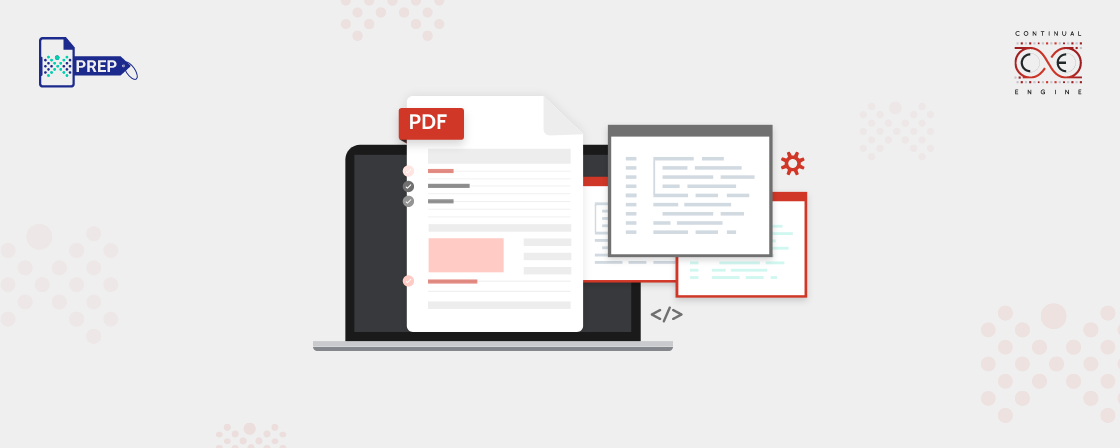What is PDF Metadata?
A PDF metadata is the introduction of a PDF. The data conveys knowledge about the PDF or the document without requiring to examine or check the document. It is the information that is provided to the document for the screen readers to understand it.
It provides information on the properties of a PDF, including but not limited to the document’s name, date of creation, the application used to create it, etc.
What are the Components of a PDF Metadata?
The primary attributes of the PDF document, which you find via PDF metadata, are as follows:
- File name – The name of the file.
- Title – The title of the document.
- Date of creation – The date and time when the document was first created.
- Author – The creator of the document.
- Copyright information – The information about the copyright i=, if the document has any.
- Subject – The central idea of the document.
- Keywords – They highlight the important content in the document.
- The application used to create the file – For most cases, Microsoft Word is the application used to write the document.
- Language – The language in which the document is created.
Why is PDF Metadata Important?
A PDF metadata helps the PDF document to meet the standards of accessibility, compliance, and visibility. You may waste valuable time creating a PDF if you don’t equip it with the correct metadata. Check out its primary 3 benefits in detail.
- Metadata Makes a PDF Accessible & Easily Identifiable Metadata is valuable information that helps the user determine what the PDF document is all about! When you search for a particular subject on the internet, the search engine comes up with a list of results. These results showcase a snippet of information about its target website.This information is visible online if you add the metadata to your PDF. Therefore PDF metadata is essential to make your PDF accessible and identifiable online.
- Metadata is Compulsory for PDF Accessibility The PDF title, not the file name, must be displayed when you open the document. It’s a rule for making a PDF accessible. This is just one example. For many other reasons, adding metadata is mandatory for PDF compliance with accessibility standards, according to the HHS (U.S. Department of Health & Human Services).By making a PDF accessible, you ensure that your users with disabilities can also access and read your PDF with the help of their assistive tools. Not doing it can lead you to trouble as it’s mandatory to upload an accessible PDF on your website and server.
- Metadata Ensures More Clicks on Your PDF To get more users to view your PDF, you need it to appear on top of search results. For this to happen, you need more clicks on it. Yes, it’s a vicious circle! But without filling metadata, your PDF may only occur with its name in the search result. Do you think that is enough information for anyone to click on it?Not filling a PDF metadata reduces the number of clicks on your webpage, and vice versa is also true.
How to View PDF Metadata?
The metadata is not visible to the end-user. Only a remediator or screen reader can view it. If you want to view and check the PDF metadata, you can do it in Adobe. But what if you not only want to read the metadata of the PDF but also change it?
It may sometimes happen when the document sent by the client has improper metadata and needs to get changed. In such circumstances, you need to check and optimize PDF metadata for online PDFs. If your metadata is not to the point, you may face trouble in the form of accessibility lawsuits.
How to Edit PDF Metadata With PREP?
To edit the metadata in Adobe is time-consuming. Also, there are chances of human error. That’s where the PREP dashboard can help you! It does the same work faster and with utmost accuracy.
You only need to select the metadata. After selecting the metadata, you will see a box of options that you can change and optimize in the PREP dashboard. These options include:
- Meta Tag: it is the title of the document.
- Print Page Option: If you select 20, then the first 20 pages will be shown in roman numbers, followed by the natural numbers starting from 1.
- Language: You can change the language based on the text of the content.
- Keywords: Based on the document, keywords can be added.
- Subject: It gives a glimpse of what kind of document it is.
- Author: It consists of the name of the owner of the document
You can make these changes and more in no time with PREP!
Transform with Affordable Document Remediation
Experience top-tier PDF remediation powered by AI, delivering unmatched quality, precision, and scalability, all at a fraction of traditional time and cost.
